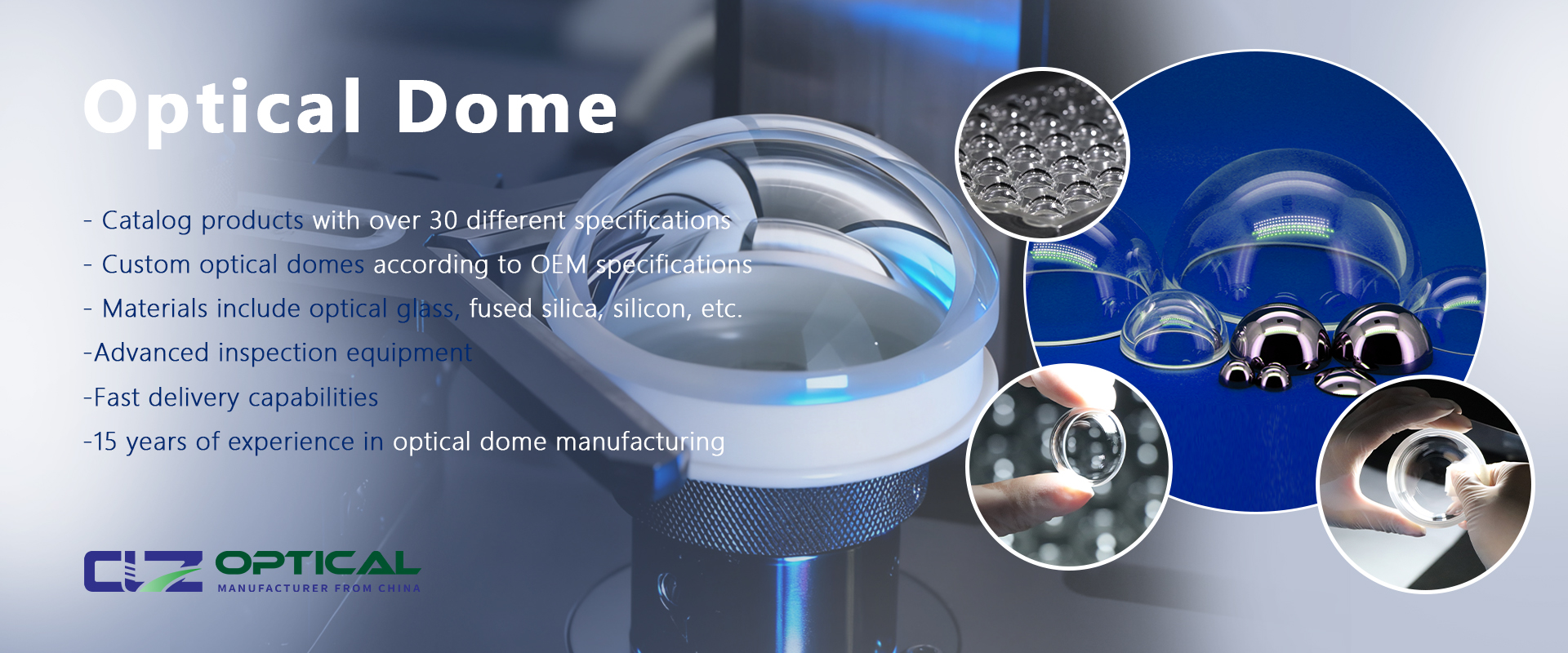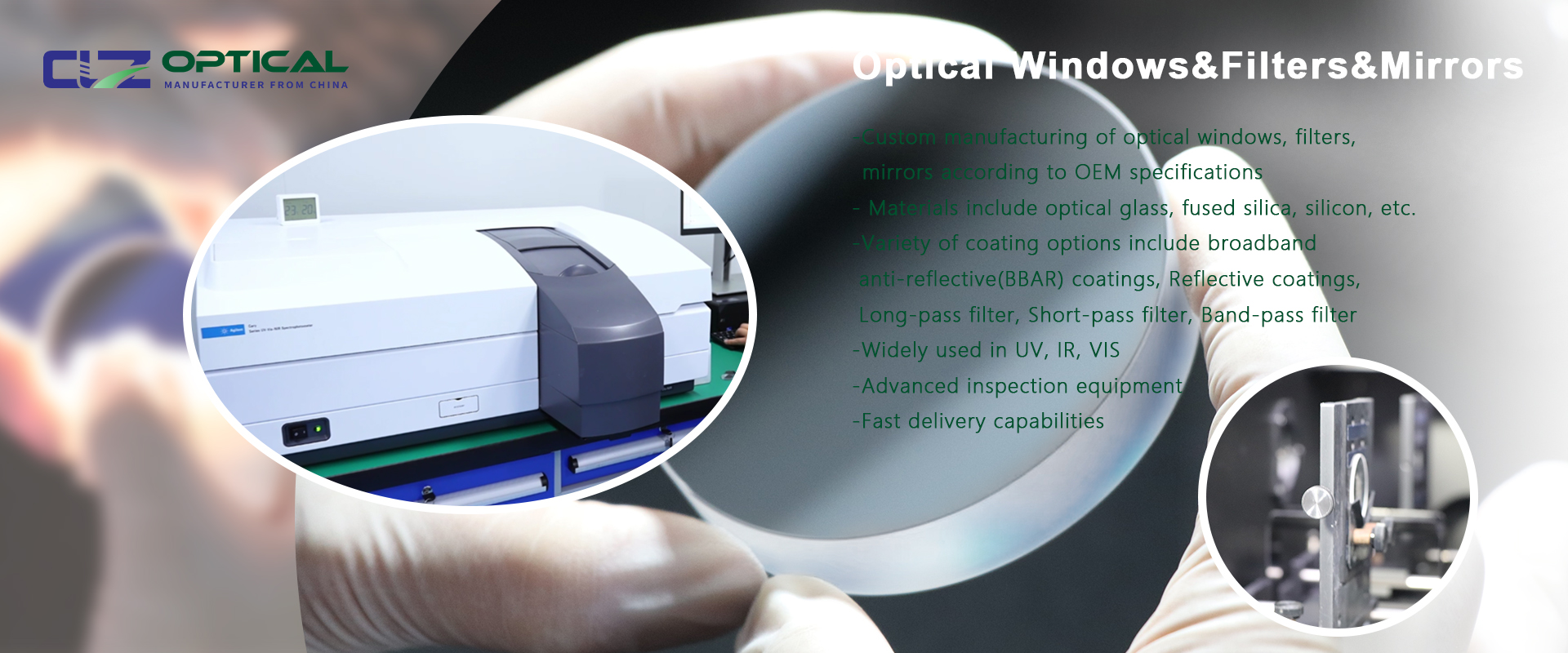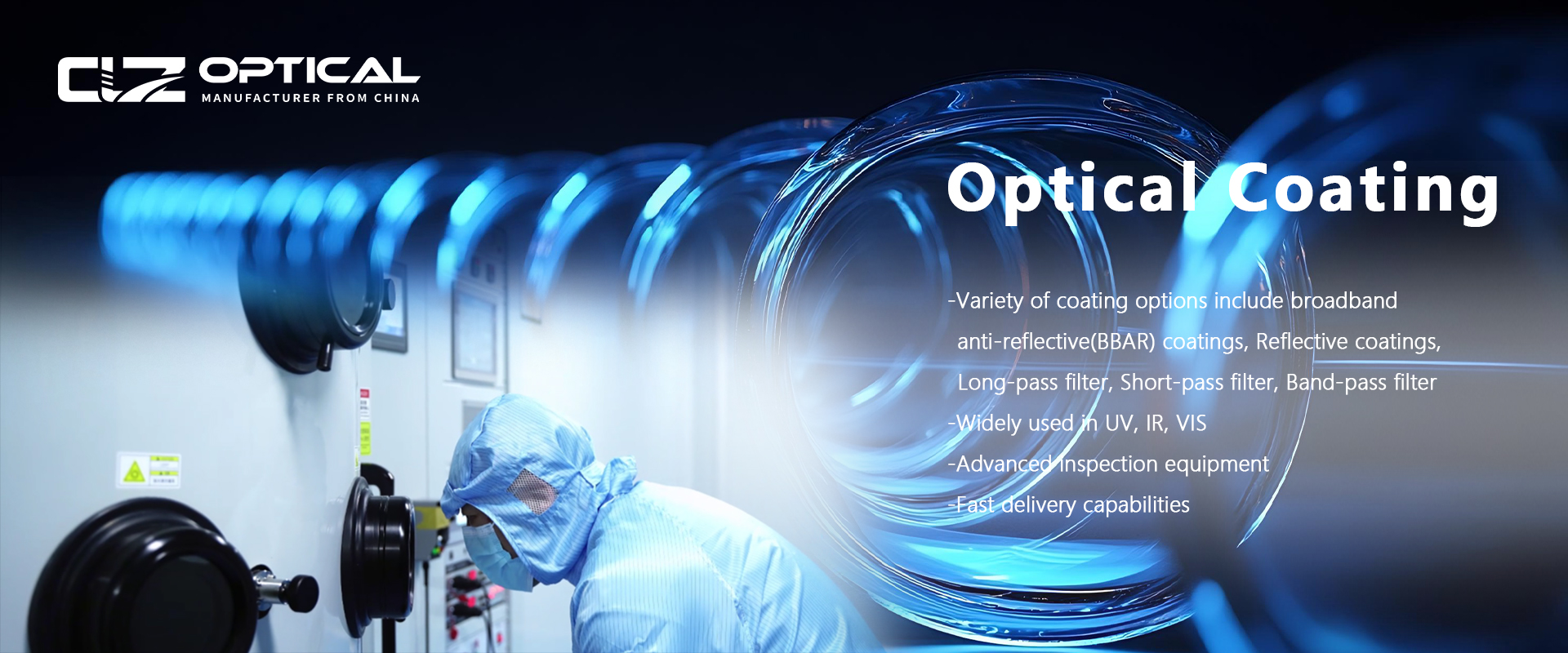Corner Cube Retroflectors
The corner cube beamsplitter, a critical optical component, is constructed by assembling three high-precision right-angle prisms into a unique three-dimensional structure, with each reflective surface maintaining strict orthogonality. Its core function is to achieve retroreflection and path separation of the incident beam; regardless of the angle of incidence, the reflected beam always remains parallel to the incoming path. A key feature is that selected reflective surfaces are coated with precision beamsplitting films, enabling autocollimating reflection while simultaneously splitting the transmitted beam according to a predetermined ratio. This structure exhibits excellent resistance to misalignment. Substrates utilize low-stress optical glass, ensuring wavefront accuracy and environmental stability across a broad spectral range.
Multi-Dimensional Implementation Schemes
High-Precision Ranging and Positioning
Laser tracker systems establish autocollimating cooperative targets using corner cube beamsplitters, significantly enhancing dynamic measurement accuracy in large volumes. Satellite laser ranging ground stations leverage their properties to build highly stable echo reflection links. Industrial automation robot end-effectors integrate miniature beamsplitting corner cubes for real-time optical calibration of motion trajectories, utilizing precise laser focusing.
Optical Sensing and Detection
Lidar receiver units employ arrays of beamsplitting corner cubes to simultaneously collect echo signals and couple local oscillator light. Atmospheric pollutant monitoring equipment utilizes their beamsplitting characteristics to achieve common-path transmission of probe lasers and calibration light sources. Underwater sonar positioning systems utilize pressure-resistant beamsplitting corner cubes to establish combined acoustic-optical beacons.
Communication and Navigation Technology
Free-space quantum communication terminals utilize beamsplitting corner cubes for directional reflection and path selection of single-photon signals. UAV navigation and positioning beacons achieve synchronous feedback of optical signals from multiple base stations through miniaturized elements. Autonomous navigation modules on deep-space probes integrate radiation-hardened beamsplitting corner cubes to establish interplanetary optical ranging links.
Precision Machining and Inspection
Semiconductor lithography equipment utilizes beamsplitting corner cubes to build mask stage position monitoring systems, achieving nanometer-level displacement feedback, relying on high-precision optical lens positioning. Large machine tool spatial accuracy calibration devices perform multi-axis synchronous positioning using mobile beamsplitting corner cube targets. Within 3D scanner reference coordinate systems, the beamsplitting element enables self-calibration of the reference light path.
Scientific Research Systems
Gravitational wave detection interferometers utilize beamsplitting corner cubes as the end reflectors for long-baseline reference arms. Cold atom physics experimental apparatus exploit their properties to manipulate the propagation direction of magneto-optical trap lasers. Synchrotron radiation beamlines employ specialized beamsplitting corner cubes for parallel configuration of beam diagnostics and experimental light paths.
Medical and Special Applications
Surgical navigation systems achieve optical registration of instrument spatial positioning via sterilizable beamsplitting corner cubes. Electromagnetic tracking modules in endoscopic positioning devices integrate this component to enhance the spatial orientation calculation accuracy of internal instruments. Nuclear facility maintenance robots utilize radiation-resistant beamsplitting corner cubes to establish optical positioning beacons in hazardous areas.
CLZ Optical Co., Ltd. provides custom corner cube beamsplitters, including N-BK7 material corner cube beamsplitters and UV-grade fused silica corner cube beamsplitters, meeting precision optical standards. These components are suitable for ultraviolet, visible, and near-infrared wavelength bands.





















